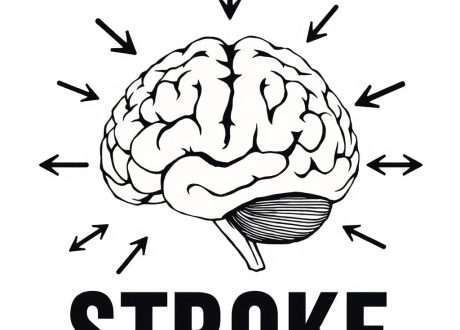Abstract                
Importance: Intravenous (IV) contrast medium is sometimes withheld due to risk of complication or lack of availability in patients undergoing computed tomography (CT) for abdominal pain. The risk from withholding contrast medium is understudied.
Objective: To determine the diagnostic accuracy of unenhanced abdominopelvic CT using contemporaneous contrast-enhanced CT as the reference standard in emergency department (ED) patients with acute abdominal pain.
Design, setting, and participants: This was an institutional review board-approved, multicenter retrospective diagnostic accuracy study of 201 consecutive adult ED patients who underwent dual-energy contrast-enhanced CT for the evaluation of acute abdominal pain from April 1, 2017, through April 22, 2017. Three blinded radiologists interpreted these scans to establish the reference standard by majority rule. IV and oral contrast media were then digitally subtracted using dual-energy techniques. Six different blinded radiologists from 3 institutions (3 specialist faculty and 3 residents) interpreted the resulting unenhanced CT examinations. Participants included a consecutive sample of ED patients with abdominal pain who underwent dual-energy CT.
Exposure: Contrast-enhanced and virtual unenhanced CT derived from dual-energy CT.
Main outcome: Diagnostic accuracy of unenhanced CT for primary (ie, principal cause[s] of pain) and actionable secondary (ie, incidental findings requiring management) diagnoses. The Gwet interrater agreement coefficient was calculated.
Results: There were 201 included patients (female, 108; male, 93) with a mean age of 50.1 (SD, 20.9) years and mean BMI of 25.5 (SD, 5.4). Overall accuracy of unenhanced CT was 70% (faculty, 68% to 74%; residents, 69% to 70%). Faculty had higher accuracy than residents for primary diagnoses (82% vs 76%; adjusted odds ratio [OR], 1.83; 95% CI, 1.26-2.67; P = .002) but lower accuracy for actionable secondary diagnoses (87% vs 90%; OR, 0.57; 95% CI, 0.35-0.93; P < .001). This was because faculty made fewer false-negative primary diagnoses (38% vs 62%; OR, 0.23; 95% CI, 0.13-0.41; P < .001) but more false-positive actionable secondary diagnoses (63% vs 37%; OR, 2.11, 95% CI, 1.26-3.54; P = .01). False-negative (19%) and false-positive (14%) results were common. Interrater agreement for overall accuracy was moderate (Gwet agreement coefficient, 0.58).
Conclusion: Unenhanced CT was approximately 30% less accurate than contrast-enhanced CT for evaluating abdominal pain in the ED. This should be balanced with the risk of administering contrast material to patients with risk factors for kidney injury or hypersensitivity reaction.










